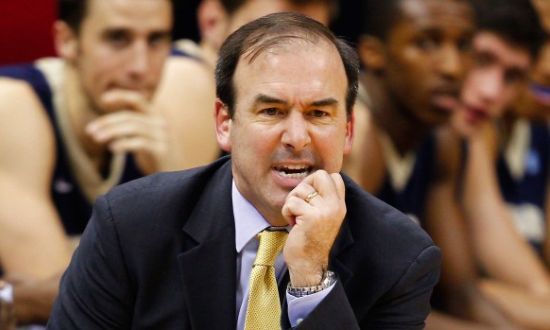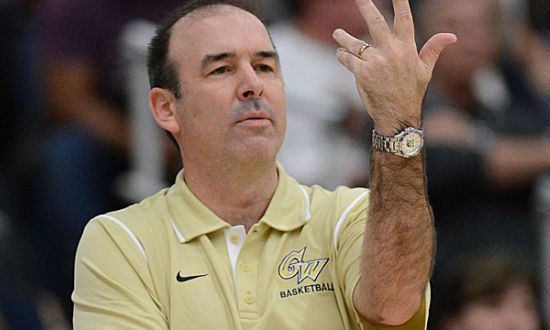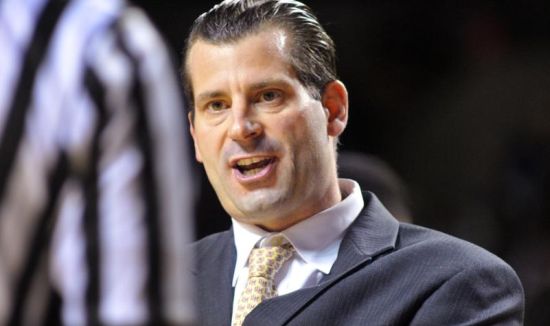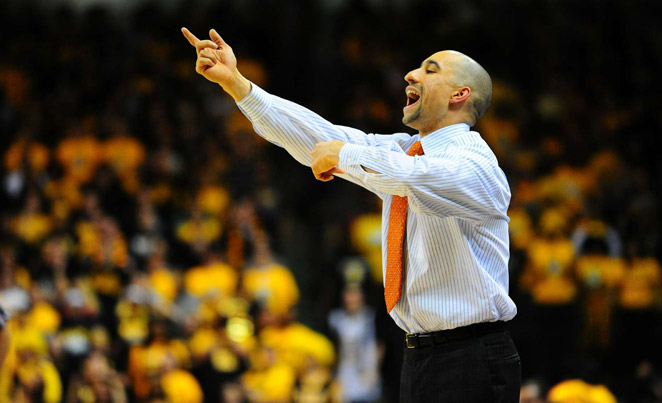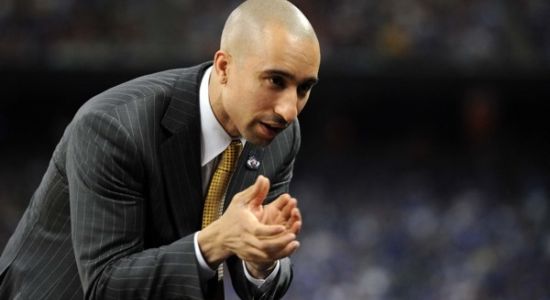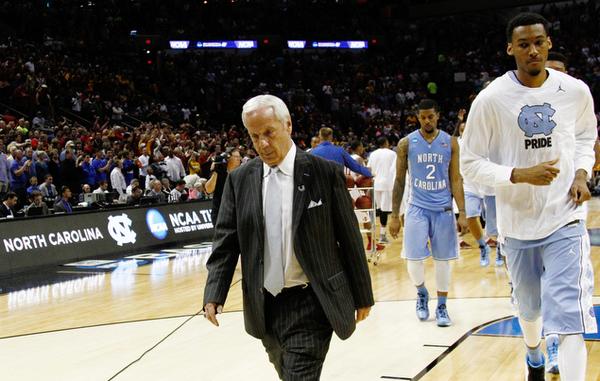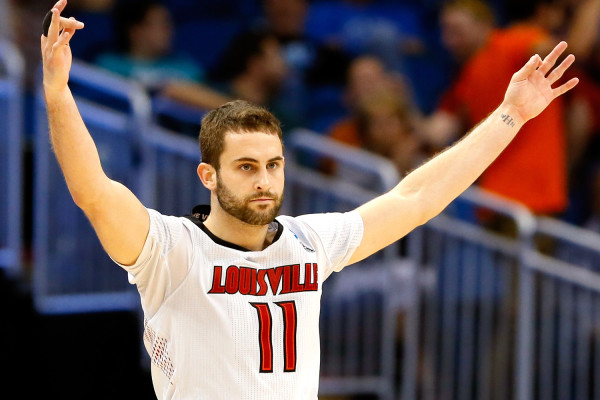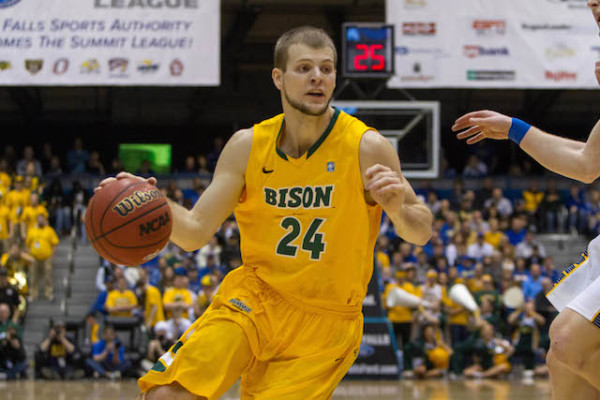Other 26 Previews: Atlantic 10 Conference
Posted by Joseph Dzuback on November 12th, 2015Joe Dzuback (@vbtnblog) is the RTC correspondent for the Atlantic 10 Conference.
As the Carousal Turns
After two quiet offseasons, three Atlantic 10 programs filled head coaching vacancies last spring. This matched the turnover rate from the 2012 offseason, the highest in over a decade. Two programs, Fordham and George Mason, released their veteran coaches, Tom Pecora (14 years, the last five on Rose Hill) and Paul Hewitt (18 years, the last four at GMU) respectively, in an effort to change the trajectories of their programs. Meanwhile, Virginia Commonwealth’s Shaka Smart left of his own accord for Austin to take the reins of the Longhorns’ program after Rick Barnes’ resignation. Changing their historic pattern of looking exclusively in the metropolitan New York coaching pool, Fordham athletic director Ed Roach turned westward and after a brief (and unsuccessful) courtship of Robert Morris’ Andy Toole, hired Eastern Kentucky head coach Jeff Neubauer. Neubauer, a collegiate point guard and 1993 graduate of La Salle, is no stranger to Northeastern basketball. Neubauer took his Colonials to five postseason tournaments (including two NCAA tournament appearances) during his 10-year tenure at Eastern Kentucky.
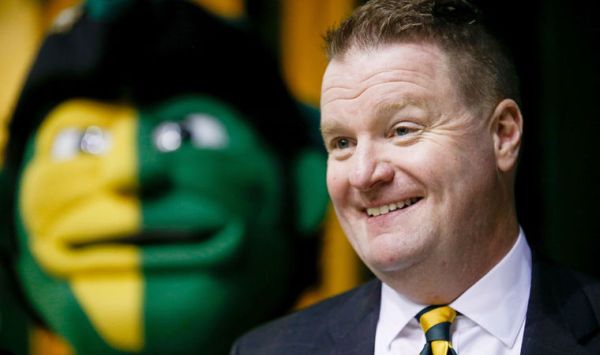
Former Bucknell head man Dave Paulsen is just one of many new coaches in the A10 this season. Paulsen will look to lead George Mason to a postseason berth. (The Daily Item)
George Mason athletic director Brad Edwards hired Bucknell head coach Dave Paulsen after a two-week search. Paulsen, a veteran head coach of 21 years, brings a 134-94 Division I record (highlighted by two NIT and two NCAA appearances) to a Patriots’ program that sorely misses the days of Jim Larranaga. Virginia Commonwealth athletic director Ed McLaughlin’s task was to find, in Smart’s successor, someone who would continue the momentum that the rising star head coach had established. His candidate pool came down to several former Smart assistants, and Tennessee-Chattanooga’s two-year head coach Wade Wilson fit the bill. Wilson’s variation of Smart’s HAVOC system (called CHAOS) carried the Mocs to two second place finishes in Southern Conference play (27-7) and a 40-25 overall record.
Predicted Order of Finish
Season previews have consistently identified three or four squads as the strongest contenders to earn the regular season title (and winning the conference tournament title, taking the NCAA automatic bid), but the conference-wide averages for returning points and minutes (above 70 percent in both cases) suggest that this season will not feature a dominant leader like from 2004-08. Expect another two or three team dogfight like the more recent conference seasons. It’ll be worth brushing up on the tie-breaker rules again this season. Projected conference record are shown in parenthesis; Atlantic 10 coaches poll rankings are shown in squared [] brackets. Read the rest of this entry »





























